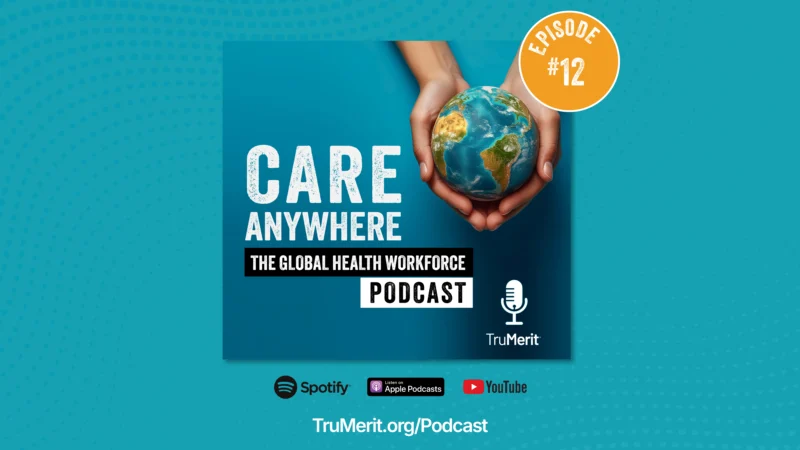Particle Shedding in Clean Rooms: Laundered vs. Single Use – The Surprising Verdict
Particle Shedding in Clean Rooms: In an increasingly cleanliness-obsessed world, it’s becoming evident that choices regarding the materials we use have far-reaching impacts. This is particularly true in highly controlled environments like clean rooms, where the importance of minimizing particle shedding is paramount. The question arises as to whether reusable or single-use garments should be employed. Comfortability might initially draw us toward the former, but as David Kreitzere, a controlled environments specialist at Dupont, points out, the allure of comfort might be misleading.
Laundered garments, while comfortable, suffer from large pore sizes. This results in significant particle shedding into the clean room, posing a risk to the sterile environment. In contrast, single-use garments such as Tyvek offer nearly complete particle barriers, maintaining a cleaner environment.
Looking past the initial upfront cost comparison, Kreitzer points out the long-term price equivalence. Interestingly, while laundered garments might seem more economical initially, over time the risk of particle shedding in clean rooms increases with each wash cycle. Furthermore, the logistics of laundry services often involve additional costs like surcharges, lost garment fees, and inflexible contracts.
Conversely, with single-use suits like Tyvek, the costs are known upfront. There are no contractual commitments, no surcharges, and, most importantly, no room for the increased risk of contamination through particle shedding.
With this perspective, the choice seems clearer, balancing the pros and cons between initial cost, cleanliness, and long-term efficiency. Let’s hear more from David Kreitzer, who will guide us further on this topic of controlled environments on the show today.



